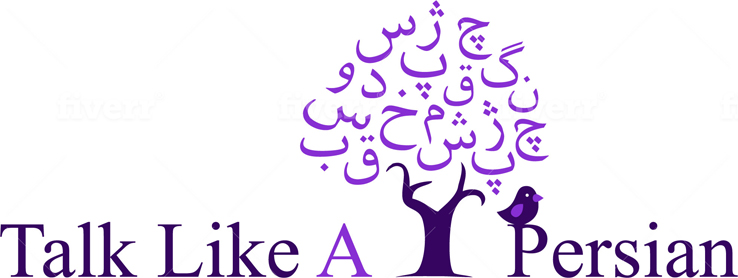Persian and Arabic share the same script. Persian has borrowed a huge amount of vocabulary from Arabic, and has contributed back a lot of words. Based on the guidelines Arabic is harder than Persian.
Persian language’s level of difficulty can be measured by the time that it takes an average learner to reach a certain degree of fluency compared to English. There are two difference guidelines for measuring language difficulty levels; Foreign Service Institute(FSI) and Defense Language Institute (DLI).
Foreign Service Institute (FSI) uses five categories of language difficulty and Defense Language Institute (DLI) uses four categories of language difficulty. On FSI scale Persian falls in category four and on DLI scale Persian falls in category 3 and is considered as a language with significant linguistic and cultural differences from English. Learners need 1100 hours of instruction to reach the same level as in English. Arabic falls in category five on FSI and category 4 on DLI and considered as exceptionally difficult language and it requires 2200 hours of instruction to reach the same level as English and Persian. As a result Arabic is harder to learn compare to Persian and Dari.
Foreign Service Institute Language Difficulty Ranking
The Foreign Service Institute (FSI) has created a list to show the approximate time you need to learn a specific language as an English speaker. After this particular study time you will reach “Speaking 3: General Professional Proficiency in Speaking (S3)” and “Reading 3: General Professional Proficiency in Reading (R3)”.
Category I: 23-24 weeks (575-600 hours)
Languages closely related to English
Category I languages are the easiest for English speakers, who can reach reading and speaking proficiency within about half a year of intense study. There is a mix Romance and Germanic languages in this classification, including Dutch, Swedish, French, Spanish, and Italian and Afrikaans.
Category II: 30 weeks (750 hours)
Languages similar to English
Though German is very closely related to English, there are grammar quirks that bump it up in difficulty.
Category III: 36 weeks (900 hours)
Languages with linguistic and/or cultural differences from English.
Category III languages are mainly spoken in Southeast Asia, and they include Indonesian and Malay and Swahili.
Category IV: 44 weeks (1100 hours)
Languages with significant linguistic and/or cultural differences from English
Category IV includes the most challenging European languages for English speakers to pick up. Here you’ll find Slavic and Baltic languages such as Polish, Croatian, and Latvian, as well as Persian, Dari, Greek, Turkish, Icelandic, Finnish, Estonian and Hungarian.
Category V: 88 weeks (2200 hours)
Languages which are exceptionally difficult for native English speakers
Category IV includes the most challenging European languages for English speakers to pick up. Here you’ll find Slavic and Baltic languages such as Polish, Croatian, and Latvian, as well as Greek, Turkish, and Icelandic
Defense Language Institute Language Difficulty Ranking
The Defense Language Institute categorizes languages into four levels of difficulty. Category I languages are easier to pick up, while moving on up through Category IV, language comprehension is more difficult, and the length of courses reflect that.
- Category I languages, 26-week courses, include Spanish, French, Italian and Portuguese.
- Category II, 35 weeks, includes German and Indonesian
- Category III, 48 weeks, includes Dari, Persian Farsi, Russian, Uzbek, Hindi, Urdu, Hebrew, Thai, Serbian Croatian, Tagalog, Turkish, Sorani and Kurmanji
- Category IV, 64 weeks, includes Arabic, Chinese Mandarin, Korean, Japanese and Pashto

